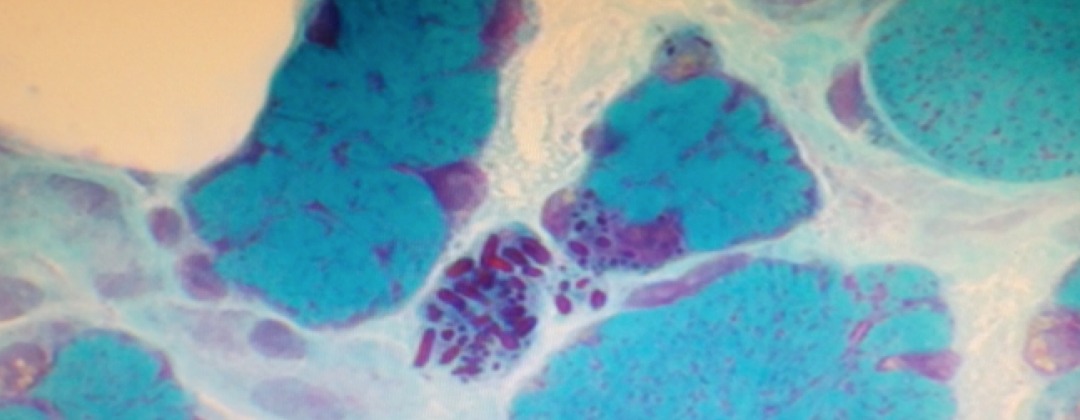Muscle biopsy is a minor surgical procedure which involves the removal of a small piece of muscle tissue for pathological examination under the microscope. The biopsy is taken usually from the arm or the thigh. The microscopic analysis of the muscle tissue helps in the diagnosis of diseases involving muscles, such as inflammatory myopathy-myositis, hereditary myopathy or infectious myopathy.
Types of Biopsy:
The procedure is performed as an “Open biopsy”. It involves making a small incision in the skin and then into the muscle. The muscle tissue is then removed and sent to a certified pathological laboratory for examination. Although a “Needle biopsy” can be performed with just insertion of a needle, it is not recommended, because of the relatively small size of sample tissue obtained and the lack of information obtained, thereof.
How the Test is Performed:
The procedure is performed at an Ambulatory Surgery Center. The procedure itself takes about 30-45 minutes. It can be done under local anesthesia while you are awake with the application of local anesthetic to the biopsy site. Alternatively, mild sedation under MAC (Monitored Anesthesia Care) can also be provided. Your physician will discuss these options with you prior to the procedure. Accordingly, instructions will be given to prepare prior to the procedure.
Pain involved:
If the procedure is done under MAC/mild sedation, you will not feel any pain. If the procedure is done under local anesthetic, once the area is numb, you should not feel any burning or stinging pain. You will likely feel mild pulling or tugging. After the procedure, once the anesthetic wears off, your leg will feel sore, for which your physician will prescribe you pain medications.
Post Procedure Care:
Immediately post procedure, whether under local anesthetic or after waking up from MAC anesthesia, you will be able to walk and use your arm, depending on the limb biopsied. As you gradually increase your activities, you will be able to carry out all your routine daily activities. Wound care instructions will be provided to you after the procedure.
Risks with the Procedure:
As with other surgical procedure, there are minor risks involved such as bruising, bleeding and infection. Wound dehiscence (opening up of the wound) is an extremely rare risk as well. Your physician will discuss these risks with you prior to the procedure, including how to minimize them, with the use of antibiotics, avoiding physical exertion/exercise for 7-10 days, etc.
Risk of Allergies:
If you are sensitive or allergic to latex, adhesive tape, anesthetic agents or medicine, you should inform your physician. Your physician will be able to make any/all changes needed at the Surgery center to avoid those risks.
Other Concerns:
If your physician thinks the procedure is necessary for you, she will discuss this procedure with you in detail in person. You will be able discuss any and all questions with your physician at length. Prior to the procedure, you will also be asked to sign an informed consent that gives your permission to do the procedure.
